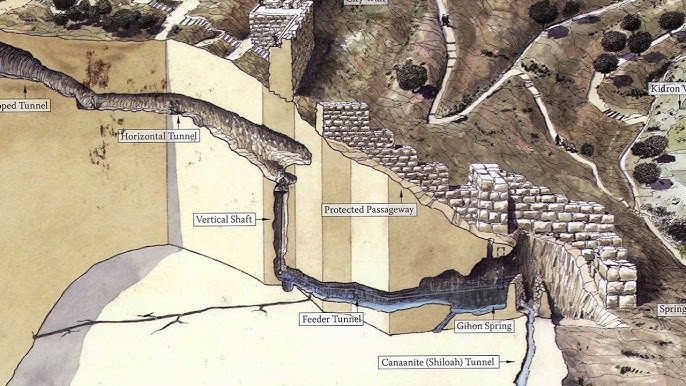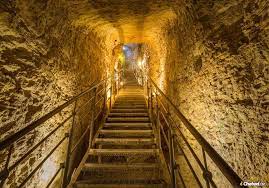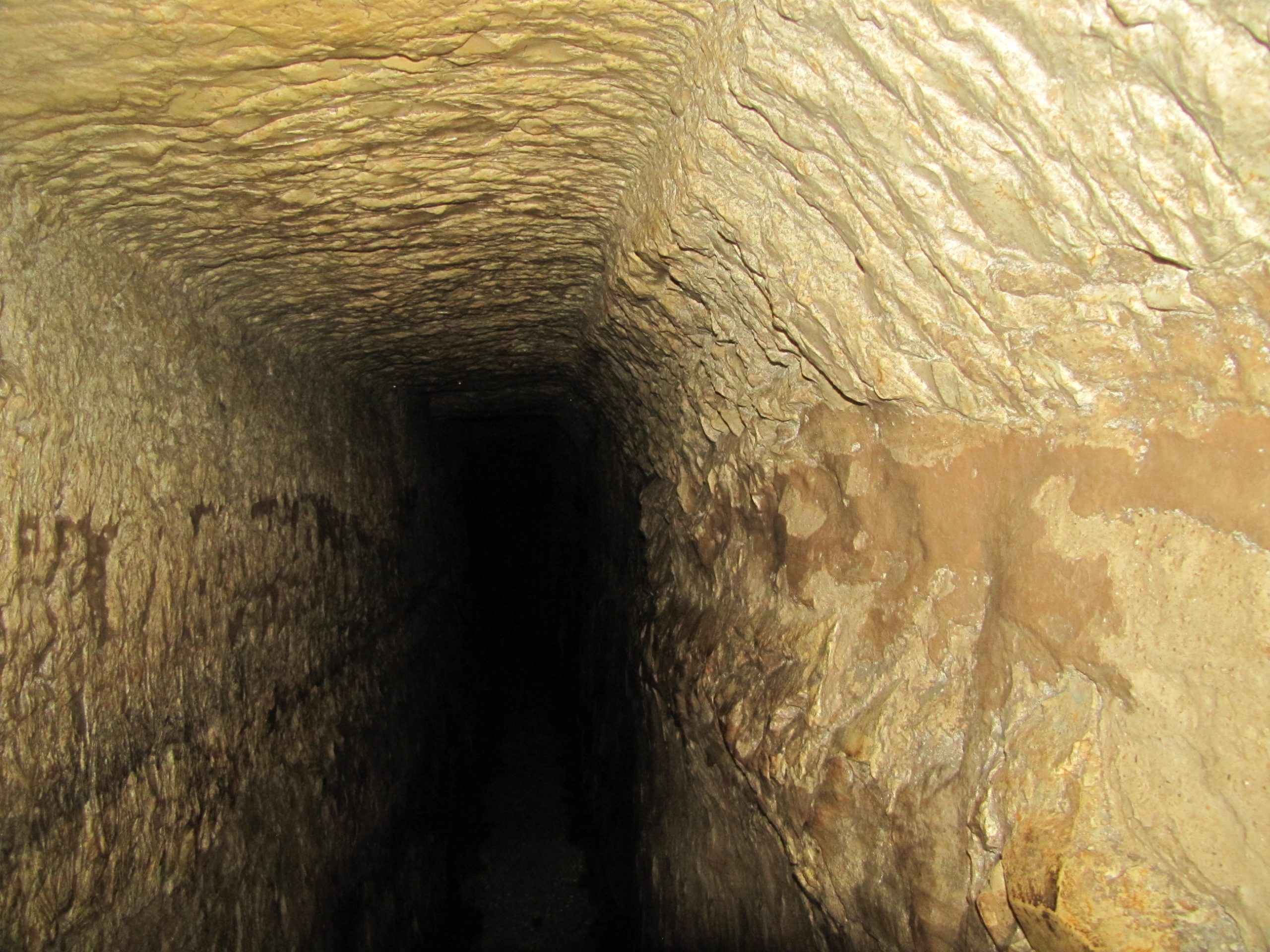Discover Hezekiah’s Tunnel (Siloam Tunnel) in Jerusalem!
Beneath the ancient streets of Jerusalem lies one of the most astonishing feats of ancient engineering: Hezekiah’s Tunnel, also famously known as the Siloam Tunnel. This remarkable subterranean passageway, stretching 533 meters (1,750 feet) through solid bedrock, was constructed over 2,700 years ago, around 701 BCE. It served a vital purpose: to reroute the life-giving waters of the Gihon Spring, Jerusalem’s only natural freshwater source, from outside the city walls to the safety of the Pool of Siloam within, in preparation for an imminent siege by the powerful Assyrian army under King Sennacherib.

The sheer ingenuity behind the tunnel’s construction continues to baffle modern engineers. It was meticulously carved by two teams of laborers, working simultaneously from opposite ends, somehow meeting in the middle with an astonishingly small difference in height (only about 30 centimeters or 12 inches). The winding, circuitous route of the tunnel has led to much speculation about how the two teams maintained their course and ultimately converged. The famous Siloam Inscription, discovered in 1880 within the tunnel itself, offers a rare firsthand account of this incredible moment, describing the joyous meeting of the pickaxes as the two teams finally broke through to each other.


Today, Hezekiah’s Tunnel is a captivating and popular archaeological site, offering visitors a unique opportunity to literally walk through ancient history. Adventurous souls can wade through the cool, chest-high (or sometimes hip-high) water that still flows through the tunnel, retracing the steps of those who built it and the people who relied on it for survival. It’s a powerful, tangible connection to a pivotal moment in biblical history, bringing to life the determination and resourcefulness of King Hezekiah and the ancient inhabitants of Jerusalem in the face of overwhelming threat.
